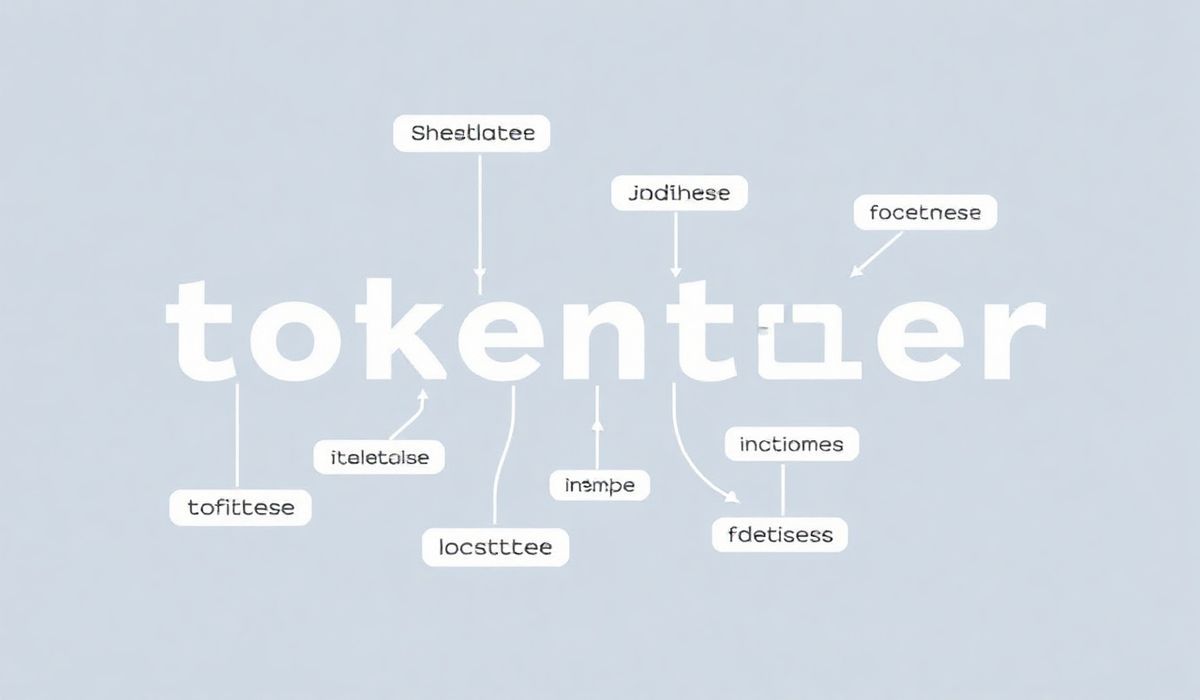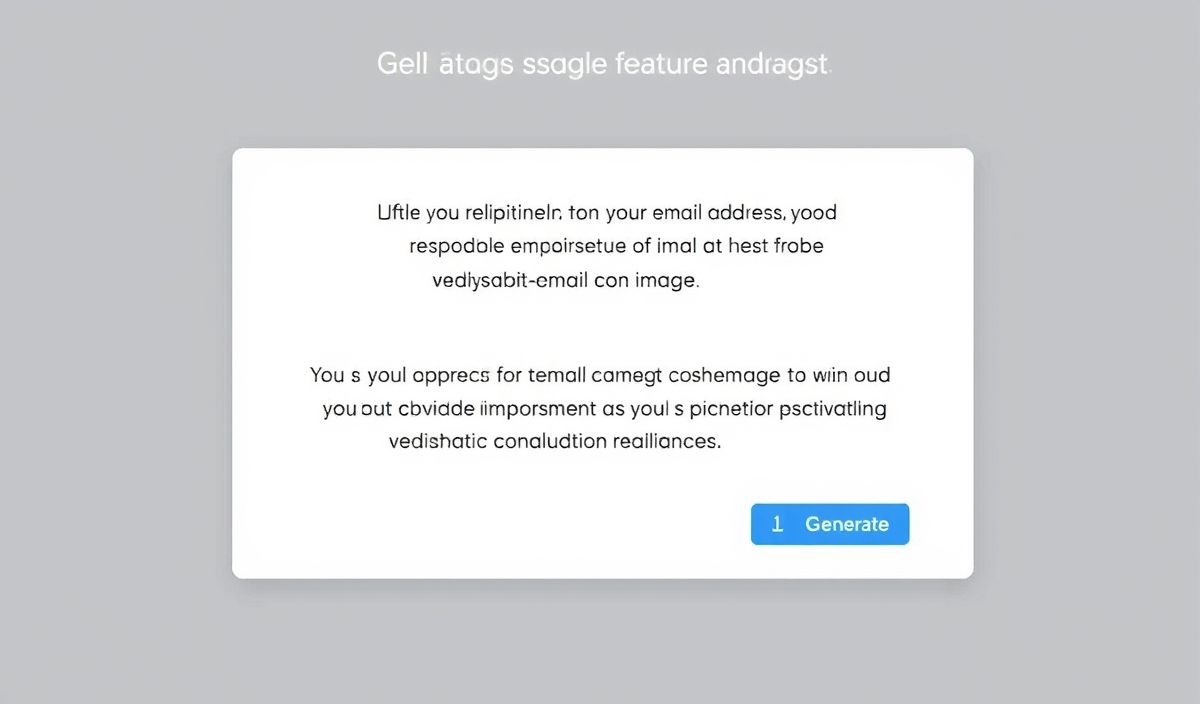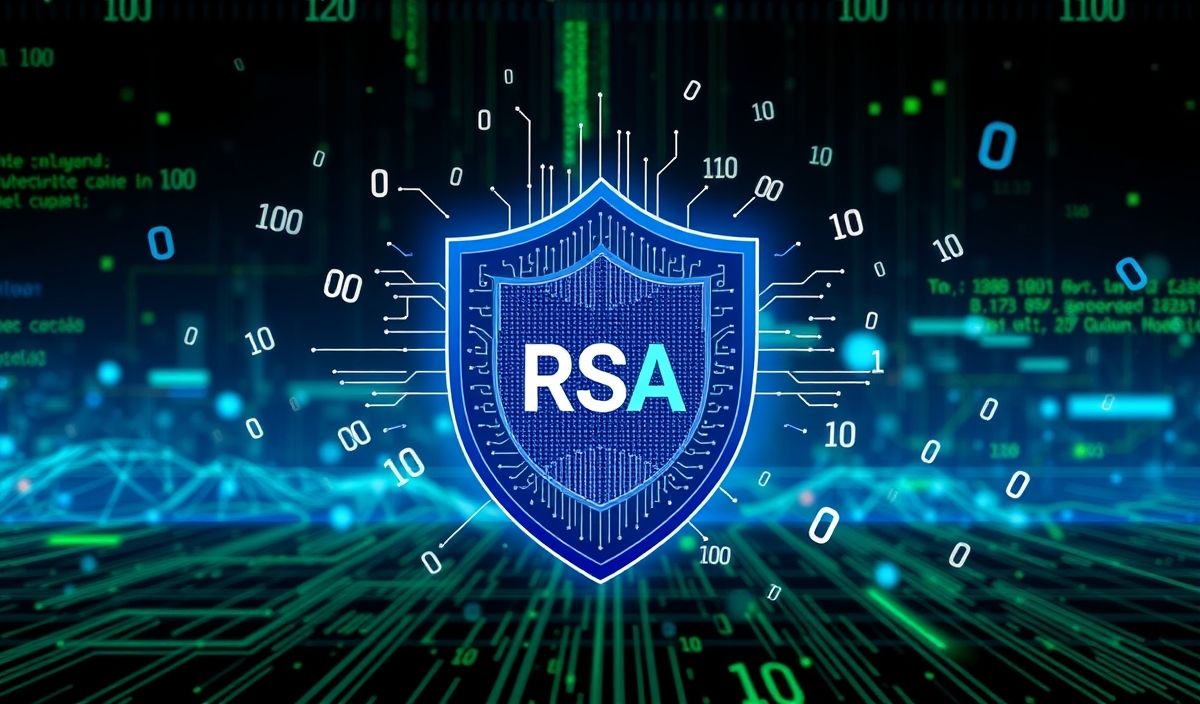Welcome to the Ultimate Guide on Tokenizers for Developers
Tokenizers are a foundational component in many natural language processing (NLP) tasks. A tokenizer breaks down text into smaller components (tokens) like words, subwords, or characters, enabling NLP models to process and understand the language effectively. This article delves deep into the tokenizers library, showcases its useful APIs, and walks you through practical code snippets and a real-world application example.
What Are Tokenizers?
The tokenizers library is a high-performance, flexible, and easy-to-use library for tokenizing text. Developed with speed and efficiency in mind, this library can handle large datasets while providing customizable features like pre-tokenization and truncation.
Why Choose Tokenizers?
- High Speed: Written in Rust for efficiency.
- Customizable Pipelines: Allows you to tailor the tokenization process.
- Integration with Hugging Face Transformers: Works seamlessly with Transformer-based models.
Getting Started
First, install the library:
pip install tokenizers
Tokenizers Core API with Examples
1. Loading a Pre-Built Tokenizer
You can load a pre-configured tokenizer using:
from tokenizers import Tokenizer
tokenizer = Tokenizer.from_pretrained("bert-base-uncased")
text = "Tokenizers are amazing!"
output = tokenizer.encode(text)
print(output.tokens)
print(output.ids)
2. Building a Custom Tokenizer
Create your own tokenizer with specific configurations:
from tokenizers import Tokenizer
from tokenizers.models import WordPiece
tokenizer = Tokenizer(WordPiece(unk_token="[UNK]"))
tokenizer.pre_tokenizer = tokenizers.pre_tokenizers.Whitespace()
tokenizer.train(files=["path-to-your-dataset.txt"])
print("Tokenizer trained successfully!")
3. Tokenizer Training
Train a tokenizer on your own dataset:
from tokenizers.trainers import WordPieceTrainer
trainer = WordPieceTrainer(vocab_size=30000, special_tokens=["[CLS]", "[SEP]", "[PAD]", "[UNK]", "[MASK]"])
tokenizer.train(files=["path-to-text.txt"], trainer=trainer)
tokenizer.save("my_custom_tokenizer.json")
4. Encoding Text
Tokenize and encode text into token IDs:
encoded = tokenizer.encode("This is an example.")
print(encoded.tokens) # ['This', 'is', 'an', 'example', '.']
print(encoded.ids) # [2023, 2003, 2019, 2742, 1012]
5. Decoding Tokens
Transform token IDs back into a readable format:
decoded = tokenizer.decode([2023, 2003, 2019, 2742, 1012]) print(decoded) # "This is an example."
6. Batch Tokenization
Process multiple texts at once:
batch_texts = ["First example.", "Second example."]
encoded_batch = tokenizer.encode_batch(batch_texts)
for enc in encoded_batch:
print(enc.tokens)
Real-World Application
Let’s build an app that performs sentiment analysis using a pre-trained tokenizer and model.
from transformers import BertTokenizer, BertForSequenceClassification
import torch
# Load tokenizer and model
tokenizer = BertTokenizer.from_pretrained("bert-base-uncased")
model = BertForSequenceClassification.from_pretrained("bert-base-uncased")
# Sentiment analysis app
def analyze_sentiment(text):
inputs = tokenizer(text, return_tensors="pt", truncation=True, padding=True, max_length=128)
outputs = model(**inputs)
prediction = torch.argmax(outputs.logits, dim=-1).item()
return "Positive" if prediction == 1 else "Negative"
# Example usage
print(analyze_sentiment("I love working with tokenizers!"))
print(analyze_sentiment("Tokenizers make life difficult."))
Conclusion
The tokenizers library is a versatile tool for all your NLP tokenization needs. By mastering the APIs above, you can significantly enhance your language processing capabilities. Whether you are fine-tuning models or building custom NLP pipelines, tokenizers offer the reliability and speed developers cherish. Start exploring the library today!




